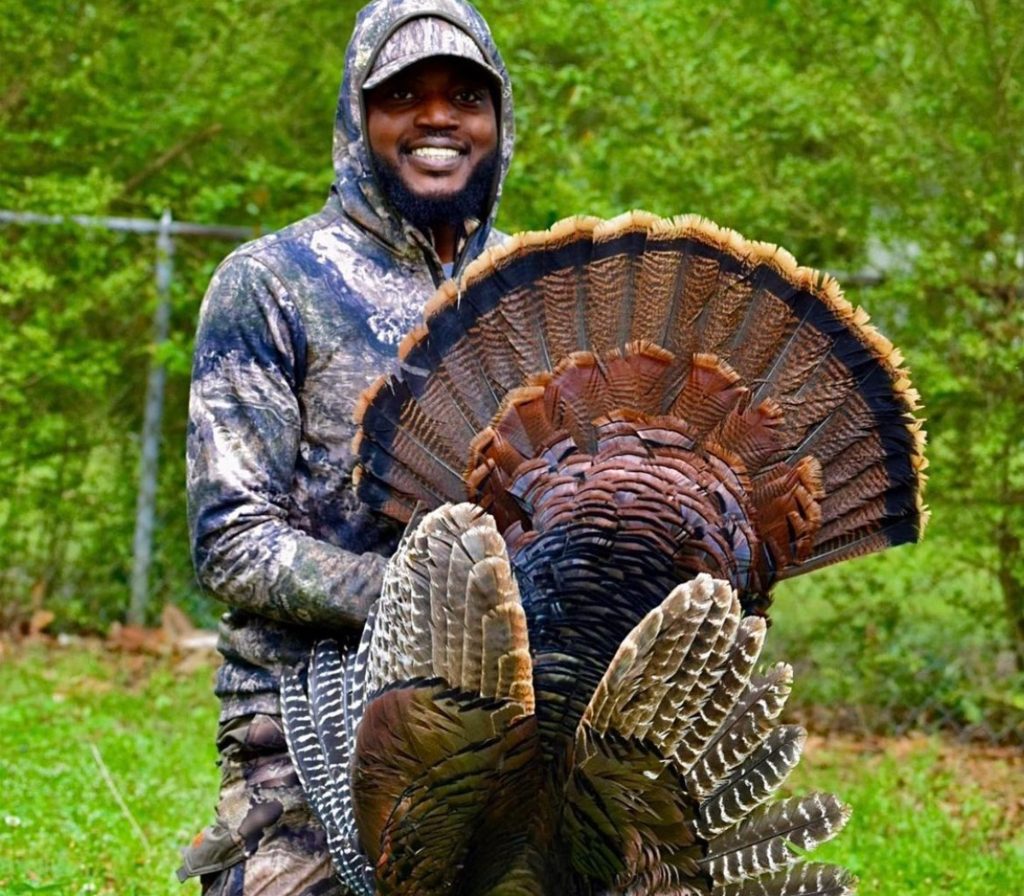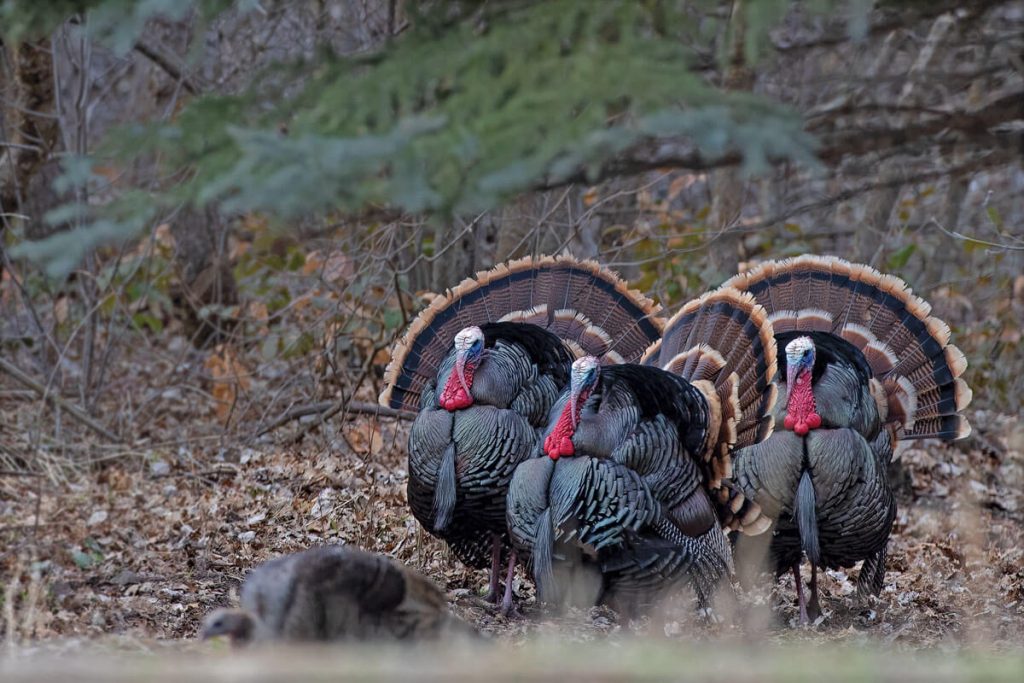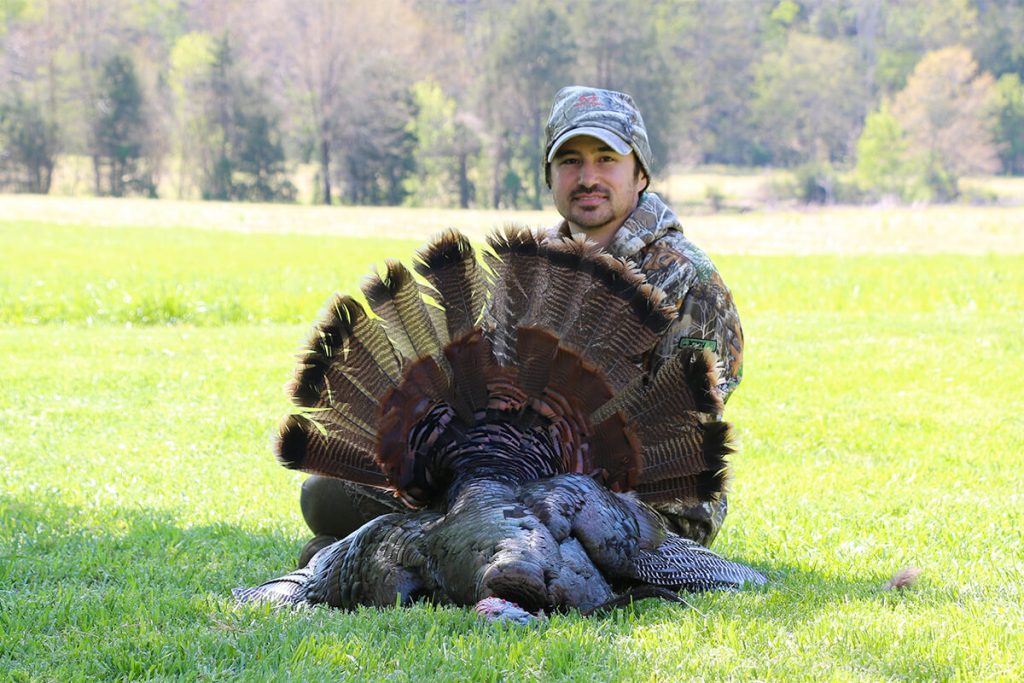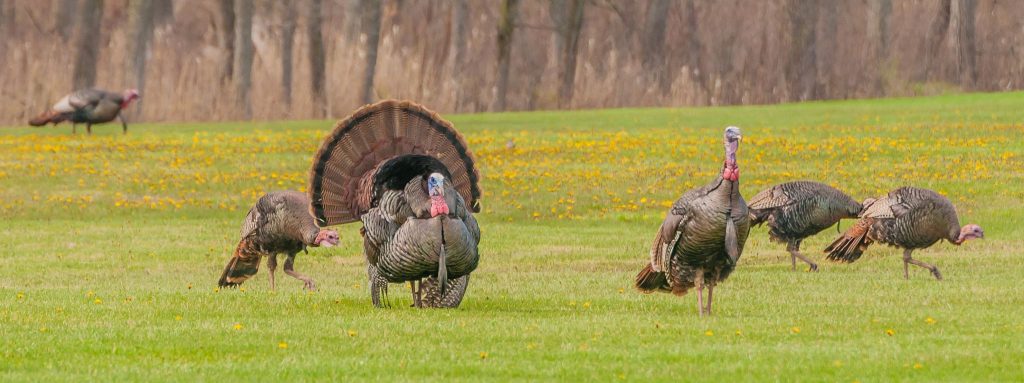Turkey hunting is an exhilarating and challenging outdoor pursuit that requires skill, patience, and the ability to adapt to nature’s rhythms. In this article, we delve into the world of turkey hunting, discussing its history and traditions, exploring various hunting techniques and gear, providing tips for scouting and calling turkeys, addressing considerations for safety and ethical hunting practices, and celebrating the thrill and connection with nature that turkey hunting brings.

I. The History and Traditions of Turkey Hunting
1.1 Rich Hunting Legacies
Turkey hunting has a rich history that spans across continents and cultures. Native American tribes were the first to develop turkey hunting strategies, using mimicry and traditional weapons to pursue these elusive birds. European settlers adopted these techniques, creating a foundation for modern turkey hunting. Understanding the history and traditions of turkey hunting connects us to the ancient practices that have shaped this sport.
1.2 Seasonal Traditions and Conservation
Turkey hunting is deeply rooted in seasonal traditions, often tied to the spring and fall mating seasons of turkeys. Hunters carefully observe wildlife patterns, paying attention to turkey behavior and vocalizations. Conservation efforts, such as implementing hunting seasons and bag limits, ensure sustainable practices and allow populations to thrive.

II. Exploring Techniques and Gear for Turkey Hunting
2.1 Tactful Scouting and Preparation
Scouting is crucial for successful turkey hunting. This involves familiarizing oneself with the hunting area, identifying roosting and feeding sites, and understanding preferred turkey travel routes. Utilizing scouting techniques, such as trail cameras and listening for turkey calls, provides valuable insights that can significantly increase the chances of a fruitful hunt.
2.2 Essential Gear and Equipment
Proper gear and equipment are essential for turkey hunting. Camouflage clothing helps hunters blend into the natural surroundings, allowing for effective concealment. Calls, such as diaphragm calls or box calls, are used to imitate turkey vocalizations and attract turkeys within range. Other equipment, including decoys, blinds, and shotguns, serve to mimic natural turkey behavior and aid in the hunt.

III. Tips for Scouting and Calling Turkeys
3.1 Basic Scouting Techniques
Scouting involves actively seeking out signs of turkey activity, such as tracks, feathers, and scratch marks on the ground. Looking for roosting locations, such as mature trees with wide branches, can provide insight into where turkeys spend their nights. Discovering feeding areas, such as open fields or forest clearings, allows hunters to strategically position themselves during hunting sessions.
3.2 Mastering Turkey Calling
Turkey calling is a crucial aspect of turkey hunting. Learning a variety of turkey calls enables hunters to mimic different vocalizations, attracting turkeys within range. Calls such as yelps, clucks, purrs, and gobbles can be employed to entice male turkeys or locate flocks. Mastery of turkey calling requires practice, dedication, and an understanding of turkey behavior and vocalizations.
IV. Safety and Ethical Hunting Practices
4.1 Safety Precautions in the Field
Safety is paramount during turkey hunting. It need hunting knife to cut . Hunters should always wear hunter orange to maintain visibility and prevent accidental shootings. It is essential to identify the target and what lies beyond it before taking a shot. Communicating with fellow hunters and establishing clear shooting zones helps prevent accidents and ensures a safe hunting environment.

4.2 Ethical Hunting Principles
Ethical hunting practices are characterized by respect for wildlife, adherence to hunting regulations, and the pursuit of a clean and humane kill. Hunters must strive for accurate and ethical shots that ensure the quick and humane dispatch of turkeys. Respect for the natural world and a commitment to conservation play vital roles in preserving hunting traditions for future generations.
V. The Thrill of Turkey Hunting
5.1 Connection with Nature
Turkey hunting provides a unique opportunity to immerse oneself in the natural world. Sitting quietly in a hidden blind or pursuing a turkey through the woods offers hunters a chance to observe wildlife, learn about the environment, and develop a deep connection with nature. The sounds of the forest, the sight of turkeys in their natural habitat, and the challenge of outwitting these intelligent birds create an unforgettable and thrilling experience.
5.2 The Pursuit of Mastery
Turkey hunting is a pursuit that requires skill, patience, and perseverance. The challenge of locating and successfully calling in turkeys demands a deep understanding of their behavior and habitats. As hunters refine their techniques and expand their knowledge, they embark on a lifelong journey of learning and self-improvement. The process of honing hunting skills and becoming a proficient turkey hunter is inherently rewarding and fosters personal growth.
VI. Celebrating the Sport of Turkey Hunting
6.1 Preserve Hunting Traditions
Preserving hunting traditions is an essential aspect of turkey hunting. This sport has deep roots in history, culture, and heritage, and it is our responsibility to honor and protect these traditions for future generations. By engaging in ethical hunting practices, such as obeying hunting regulations, practicing fair chase, and ensuring a quick and humane kill, we contribute to the preservation of the sport’s integrity.
Respecting wildlife is another vital element of preserving hunting traditions. Hunters must appreciate and value the natural world, recognizing the important role that turkeys play in maintaining ecosystems. Practicing careful stewardship ensures that turkey populations remain healthy and sustainable. This includes obeying bag limits and participating in conservation efforts that support wildlife habitat restoration and protection.
Promoting conservation efforts is crucial for preserving turkey hunting traditions. Supporting organizations that work to conserve and restore turkey habitats, promoting sustainable hunting practices, and engaging in habitat improvement initiatives are all ways to safeguard the future of turkey hunting. By actively participating in conservation activities, we contribute to the preservation of not only turkeys but also the overall biodiversity of ecosystems.

6.2 Embracing a Lifestyle
Turkey hunting is more than just a recreational activity; it is a way of life. The camaraderie built among fellow hunters, the connection with nature, and the joy of successful hunts leave a lasting impact. Embracing the lifestyle of turkey hunting instills an appreciation for the natural world, fosters a sense of stewardship, and generates lifelong memories that are treasured for generations to come.
In conclusion, turkey hunting is a thrilling outdoor pursuit that embraces tradition, challenges hunters, and fosters a deep connection with nature. By understanding the techniques and gear involved, practicing safe and ethical hunting, and celebrating the importance of preserving this sport, we can fully embrace the essence and joy of turkey hunting. It is a sport that combines skill, patience, and respect for both wildlife and the traditions that shape this timeless pursuit.
